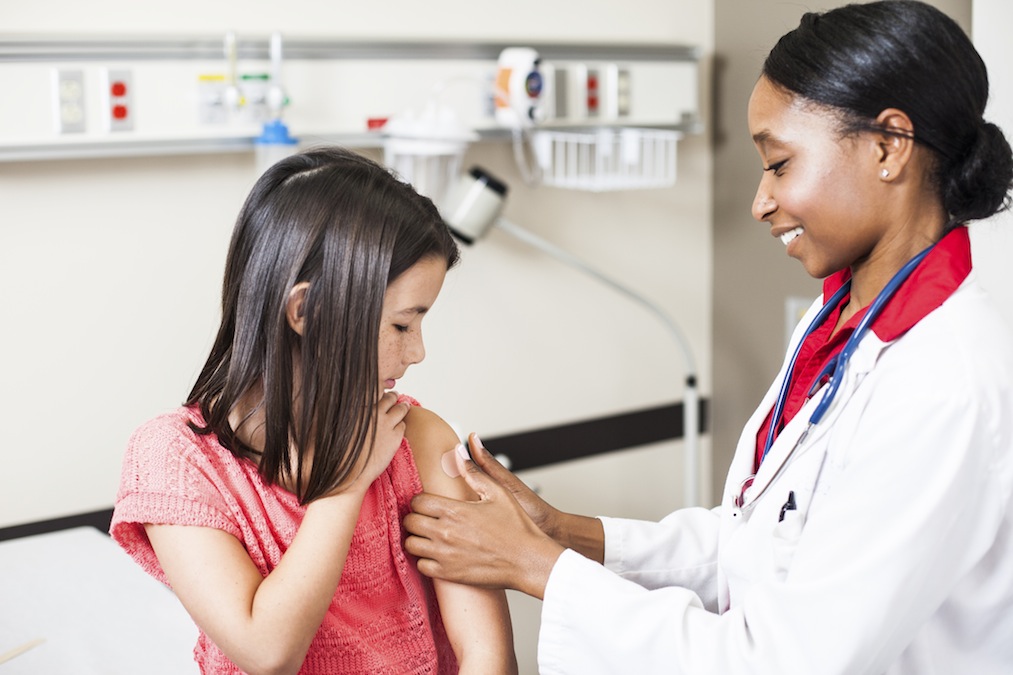In terms of science and sexual health, things just keep getting better and better. Last year, the HPV vaccine was refined, to protect against nine different strands of HPV — a new record. According to a 2008 studypublished today in the International Journal of Cancer, 60 percent of vaginal caners and 80 percent of anal cancers were linked to the human papillomavirus, which is spread through sexual intercourse. So it’s good news that scientists are continuing to improve the vaccine to protect against more strands. Related: One dose of the HPV vaccine may be enough Since HPV is commonly linked to cervical cancer, it seems like a no brainer for girls and women to take precautionary measures, but the Centers of Disease Control and Prevention (CDC) says girlsandboys ages of 11 and 12 get the needed three doses of the HPV vaccine. Related: These countries offer birth control without a prescription HPV puts men at an increased risk of contracting anal or penile cancer. More common, they can be carriers of the virus passing it on from female to female without having any symptoms or knowing they even have it. A new national survey of 20,565 teen girls conducted by the CDC found that 53 percent had received at least one dose of the HPV vaccine. Of that, 69 percent were Hispanic. The demographic with the lowest rates of receiving the vaccine are girls living in predominately all white communities or all black communities. Related: ‘Hoope’ claims is can diagnose sexually transmitted diseases The data shows that black communities are still reluctant to get the HPV vaccine, which may be due to cricism Gardasil and Cervarix have received from not protecting black women as adequately as white women. The senior author of the study, Deanna Kepka, PhD, a Huntsman Cancer Institute investigator and assistant professor in the College of Nursing at the University of Utah, has mixed thoughts on the survey’s findings: “The higher HPV vaccination rates among girls living in poor communities and majority Hispanic communities, which also tend to have high poverty rates, are encouraging because these communities often have higher cervical cancer rates,” she says in a release. “What is not encouraging is that girls living in predominantly high-poverty non-Hispanic black communities have HPV vaccination rates that are lower than rates for Hispanics,” adds Henry. “Additional research is needed to better understand why these differences exist.” Follow Emily on Twitter: @EmLaurence
A new survey on who is getting the HPV vaccine brings mixed news

iStock


















